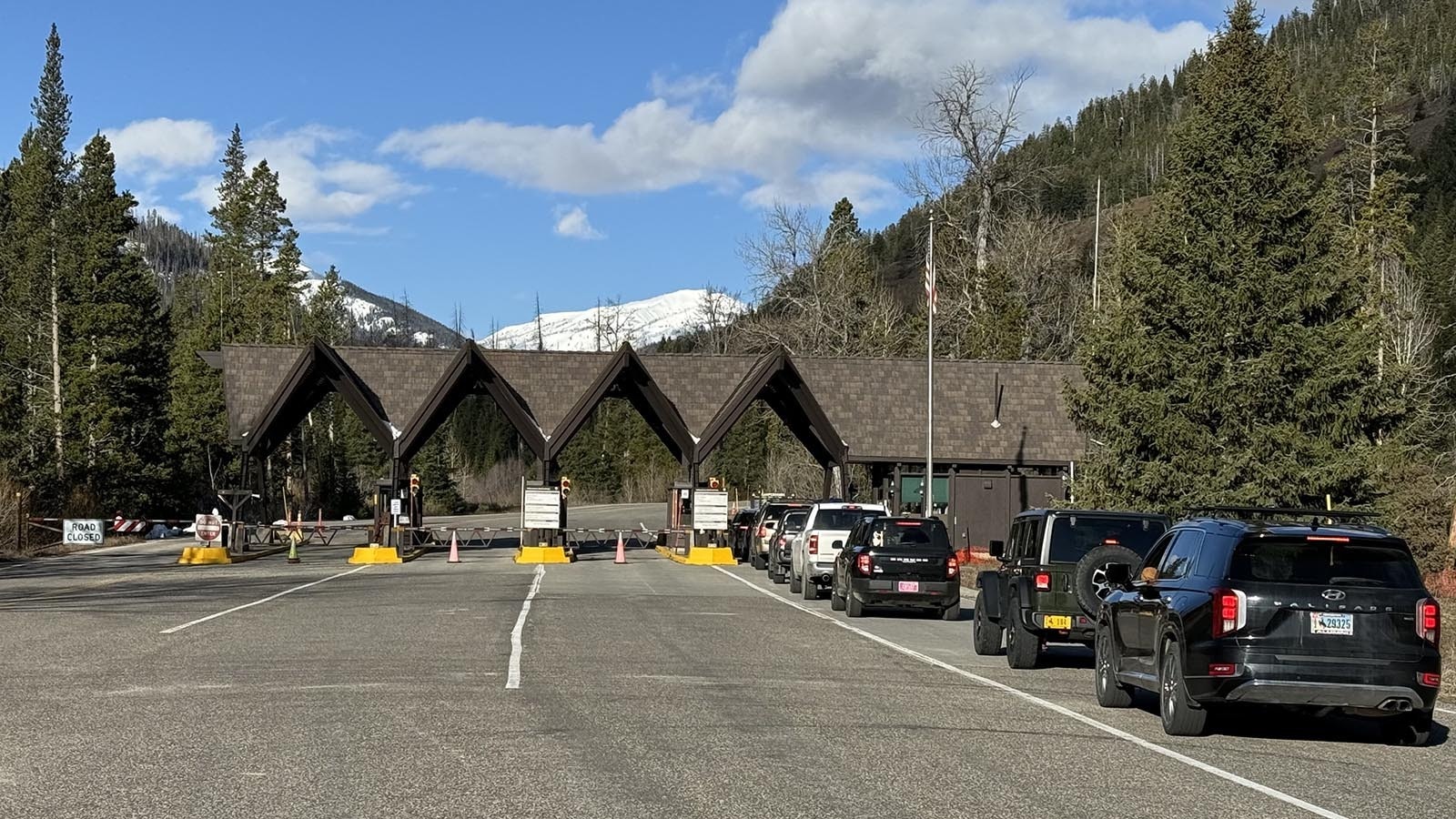Devils Tower National Monument is investigating what that led to the sudden death of Stewart Phillip Porter, 21, who fell while descending Devils Tower Sunday evening.
Porter sustained severe injuries when he fell while rappelling the second pitch of the tower’s El Cracko Diablo route. He was declared dead at the scene.
“We don’t know what happened yet,” Devils Tower Superintendent Doug Crossen told Cowboy State Daily. “The incident is still under investigation.”
In more than a century of people climbing America’s first national monument, Porter’s is only the seventh climbing-related death on Devils Tower, the National Park Service Reports.
A lawyer from Gillette was killed when he fell while climbing the tower in 2017, and before that the latest death was 2003.
While the investigation will ultimately reveal what happened, or likely happened, to cause the fall, a climbing death is something that reverberates throughout the climbing community.
Gillette resident and Devils Tower climbing expert Leigh Lassle made a name for himself by climbing the tower once a month for 144 consecutive months.
He said the news has hit the climbing world “pretty hard.”
The Response
Crossen said they received a call about the fall around 8 p.m. Sunday. Two law enforcement officers responded immediately but knew they’d need assistance from the local climbing community.
“We do not have climbing rangers on duty at this time as their season has ended,” he said. “As soon as we figured out what was going on, we went to the local climbing community.”
Eight climbers from Devils Tower Lodge Climbing Guides and Buck Wild Climbing Guides responded “quickly and wholeheartedly,” Crossen said. They took the El Cracko Diablo route to rescue Porter’s climbing partner, who was stranded on the tower.
“We were on duty until about 2 a.m. to get everything taken care of,” he said.
While the incident is still under investigation, Crossen said the El Cracko Diablo route and all of Devils Tower’s climbing routes are still open.
About The Route
Lassle said he’s taken the El Cracko Diablo route several times, which he described as “a beautiful route.”
“It's just a great route,” he said. “It protects really well and climbs really awesome. It's fun. I've taken many people up there and had people lead on that route for the first time. It’s a beautiful route.”
Lassle had no specific information on what happened to Porter during Sunday’s climb. However, his experience and the information provided by Devils Tower gives him some insight into what might have happened.
While Lassle acknowledged that El Cracko Diablo gets progressively harder, particularly around the second pitch, he doesn’t believe the route contributed to Porter’s tragic death.
“Absolutely not,” he said. “There's nothing on that route that would have (caused this.) The landscape is obviously dangerous, but as far as rocks and junk, that route is pretty clean and protects really well.”
That’s not to say that El Cracko Diablo is an “easy” climb. There’s nothing easy about climbing Devils Tower, but Lassle and several other climbers attest to its safety.
“There's not an easy route on Devils Tower,” he said. “They're all difficult. Even the easiest route is difficult for somebody who's never been there. With that being said, people who usually show up there are experienced and can climb at those levels.”
Redundancies
Rock climbing is inherently dangerous, especially on a summit as tall and sheer as Devils Tower. Lassle said safety and success are dependent on rock climbing's essential redundancies.
“It doesn't matter if you're doing alpine climbing, crack climbing, Devils Tower or the Needles,” he said. “You need to be redundant. And if you think it needs to be more redundant, make it more redundant. It’s like putting on a seat belt in your car or locking the front door. That’s the key to survival.”
Since Porter’s climbing partner was stranded on the tower and had to be rescued by other climbers, Lassle interpreted this as a sign that the rope must have been lost while Porter rappelled the second pitch and fell.
“In the repel, that person had to have come off with the rope or lost the rope somehow,” he said. “I'm not going to say that the rope didn't break. That could be a possibility, but for that to happen, the system wasn't backed up. And if your system is not backed up, there could easily be a fatality.”
In Lassle’s opinion, 99% of climbing accidents and fatalities are caused by “climber error or experience error,” adding he’s not saying that’s what caused this fall.
What happened in Devils Tower isn’t a condemnation of Porter’s experience, it can happen to an experienced climber, he said.
“The climbing world is funny because you can't blame an injury or fatality on the climbing,” he said. “It's the experience or the forgetfulness that causes anything to go sour. You can learn from hard knocks, but if it fails, it's a fatality.”
It’s Real
Porter was the seventh person in a century to die while climbing Devils Towers. His loss has already impacted the climbing community, including Lassle.
“That’s just a bad, bad deal,” he said. “My condolences go out to Porter and his family.”
More details on Porter’s death may be revealed when Devils Tower National Monument finishes its investigation. For Lassle and many other climbers, it’s a sobering reminder of the inherent danger of their exhilarating hobby.
“When something like that happens, it hits pretty hard in the climbing world,” Lassle said. “But it's real. And that’s why a lot of us do it — because it is real.”
Andrew Rossi can be reached at arossi@cowboystatedaily.com.





